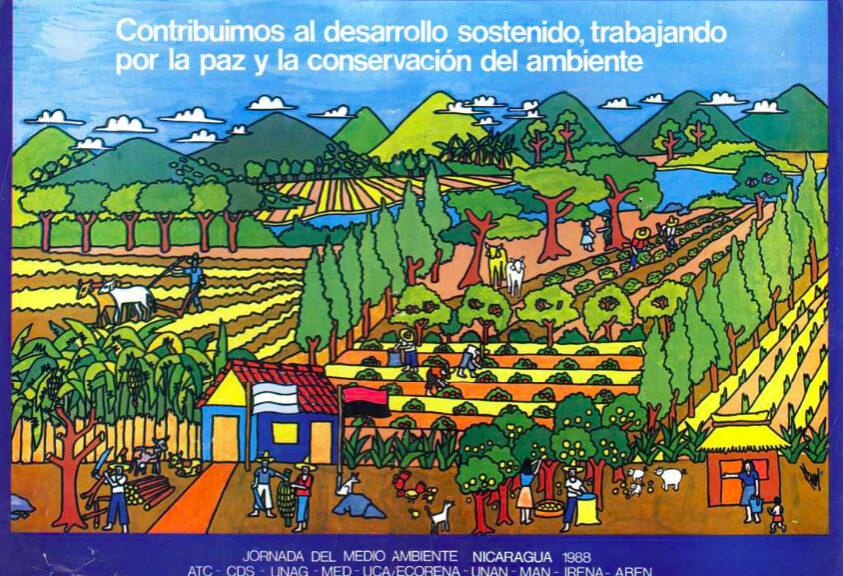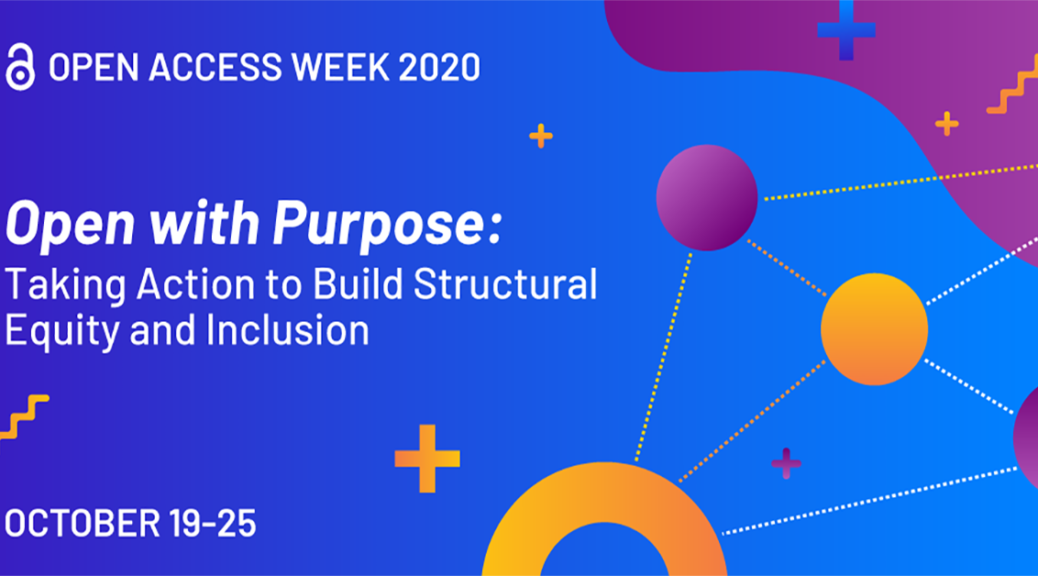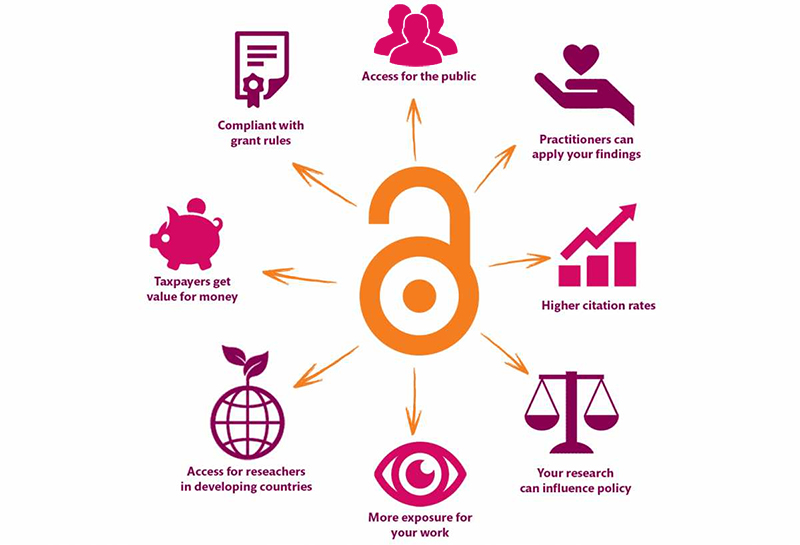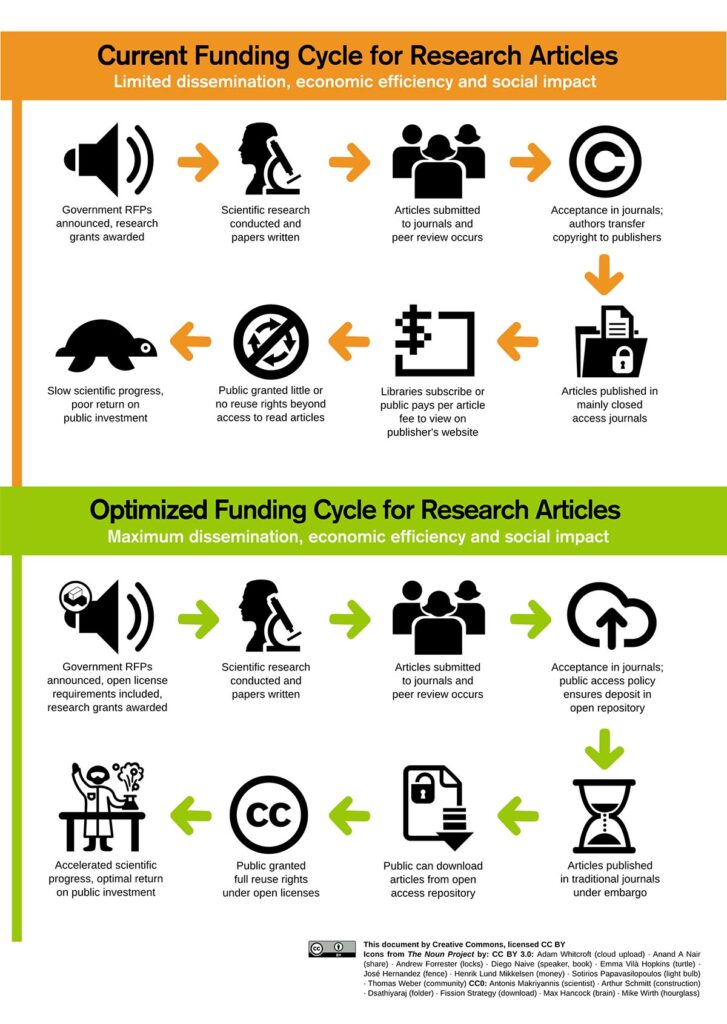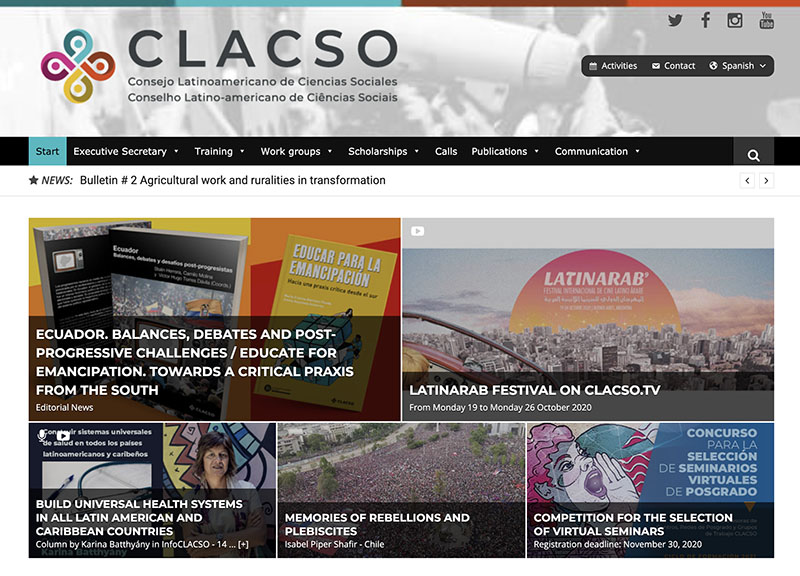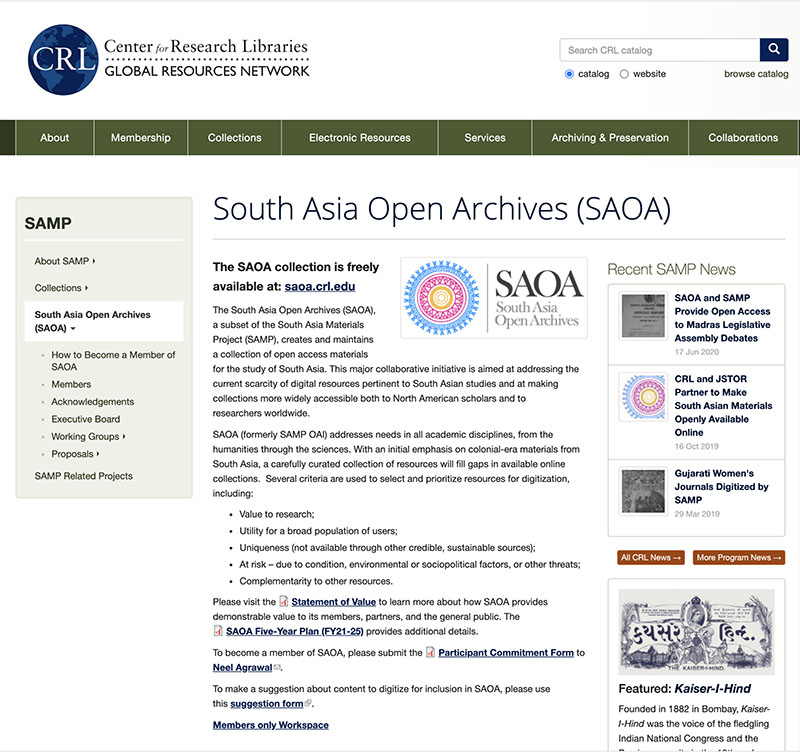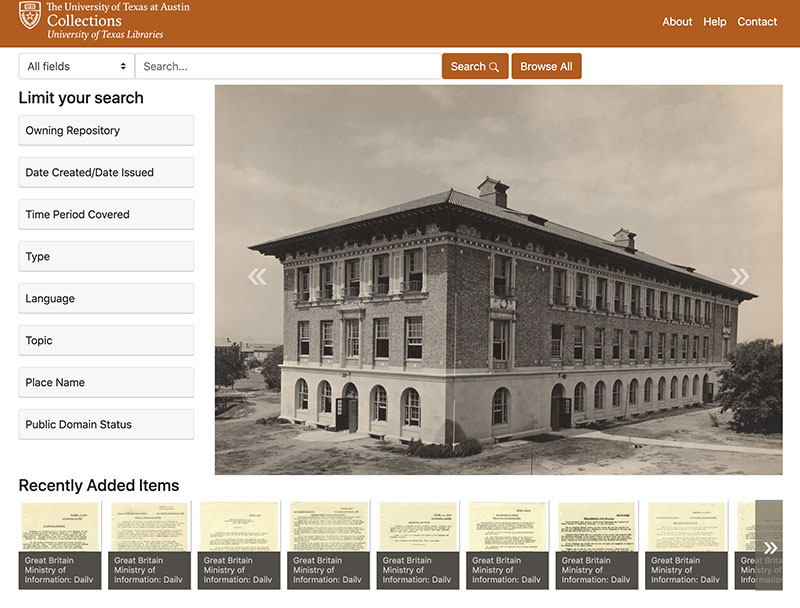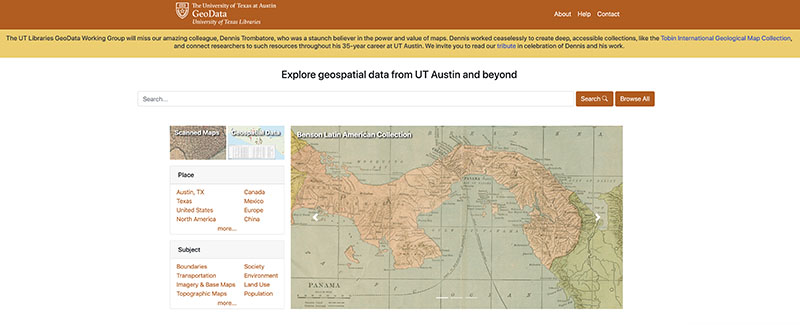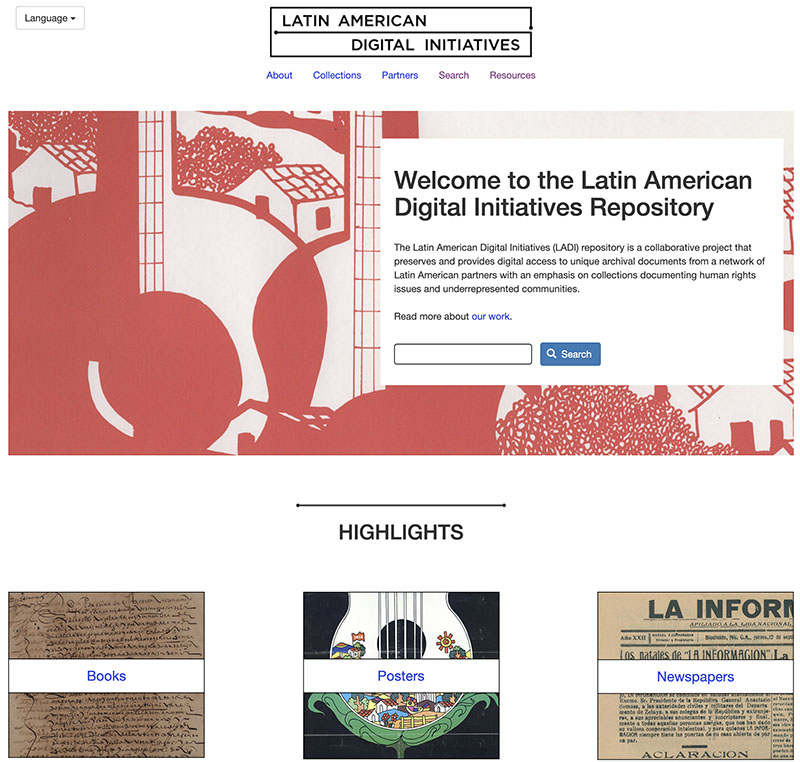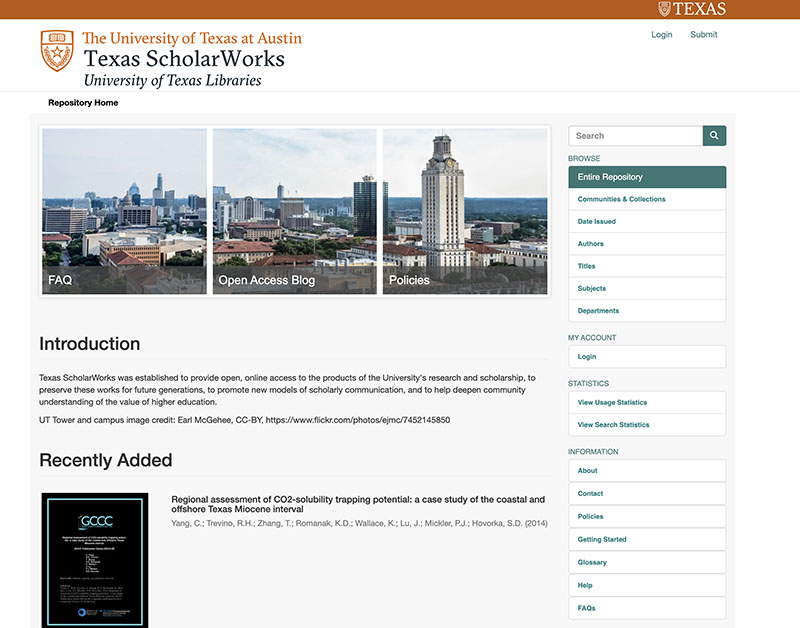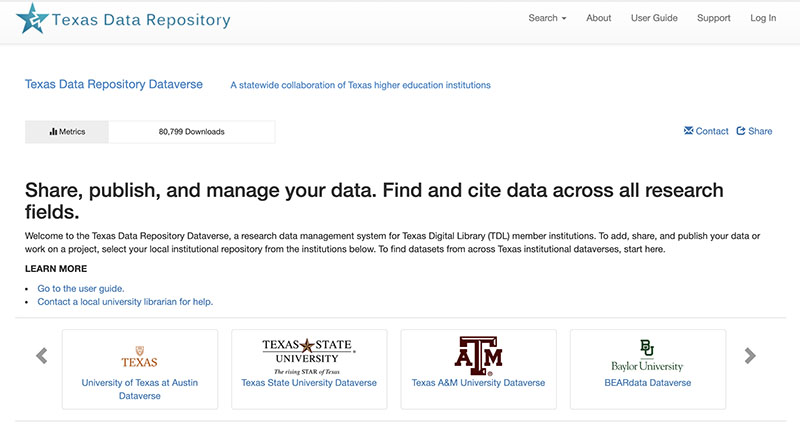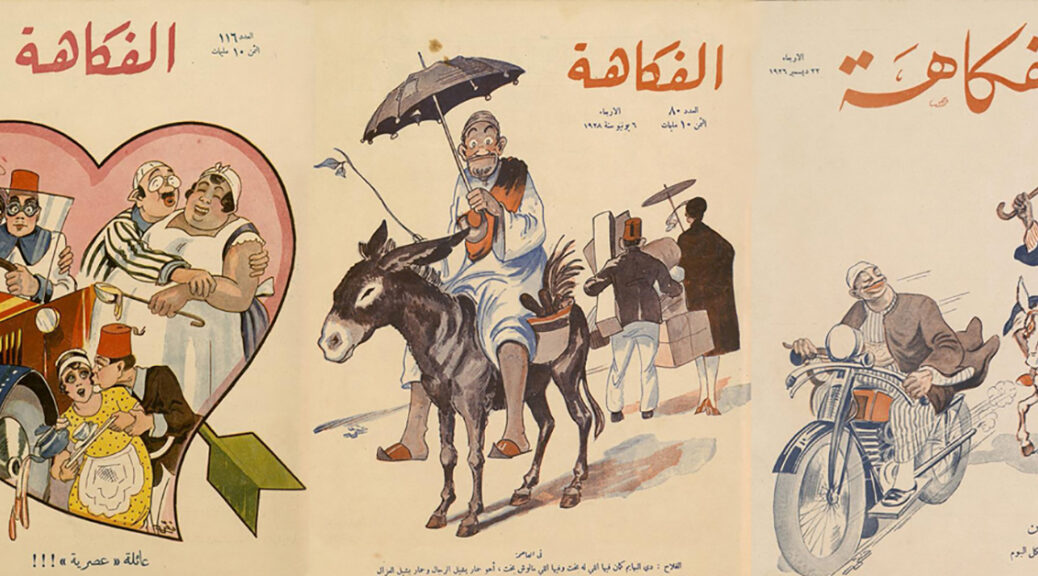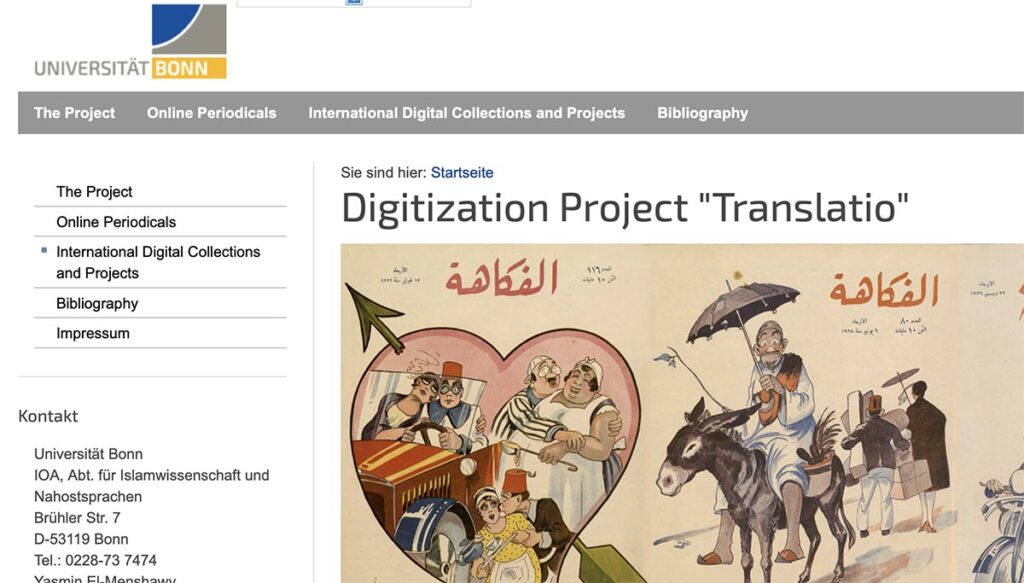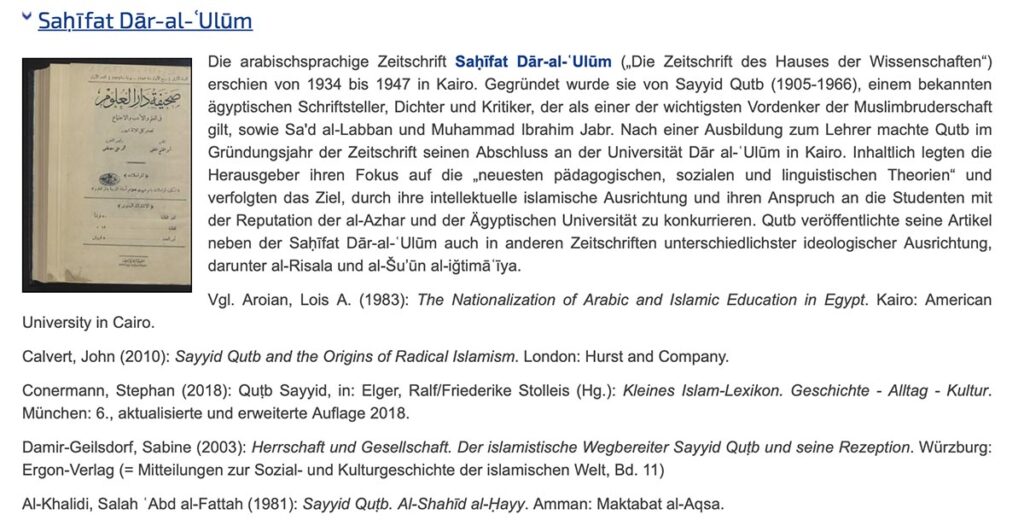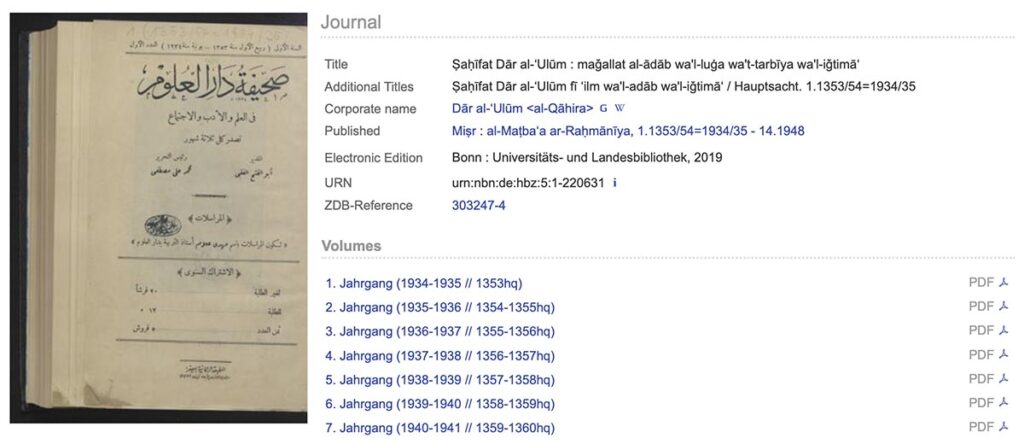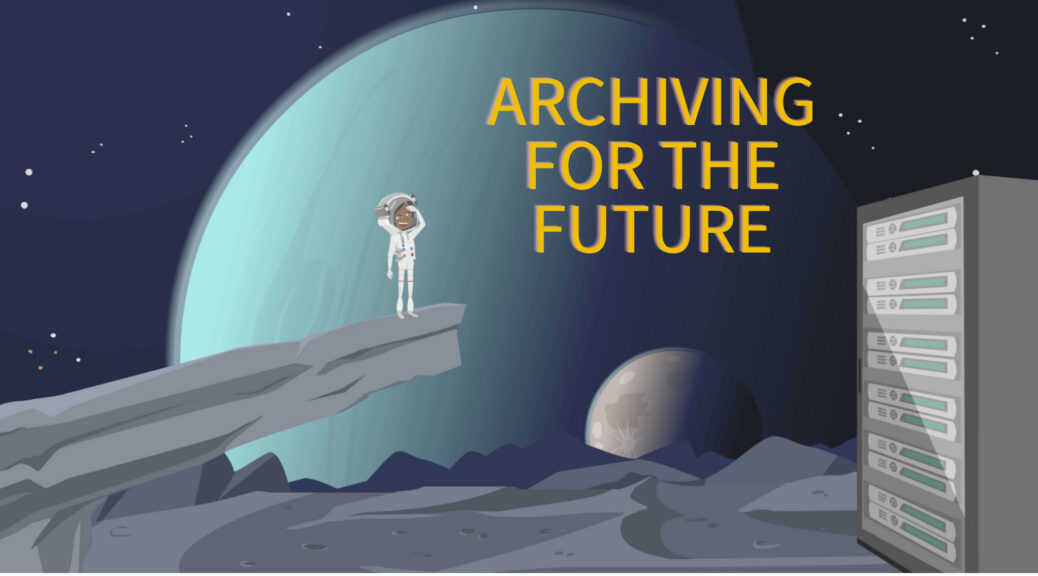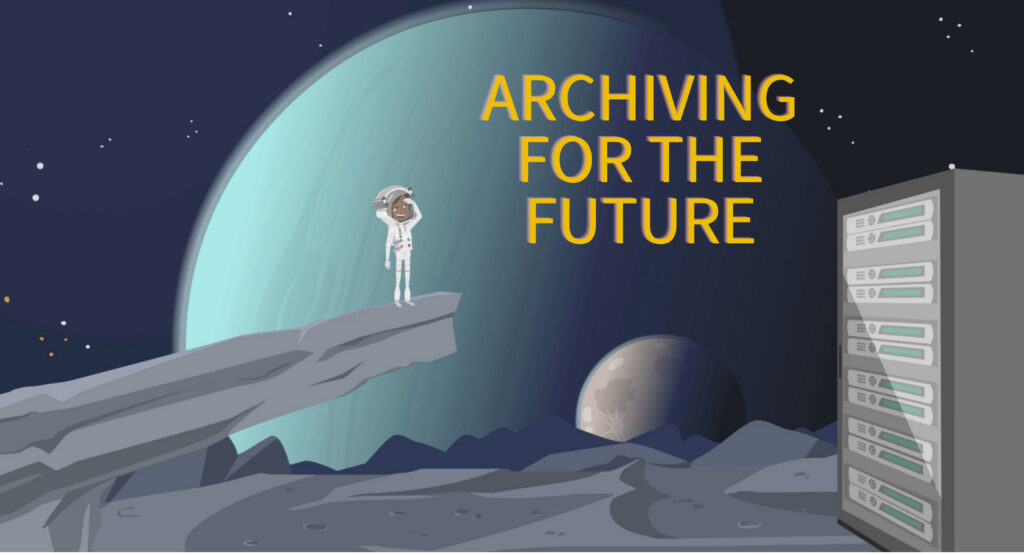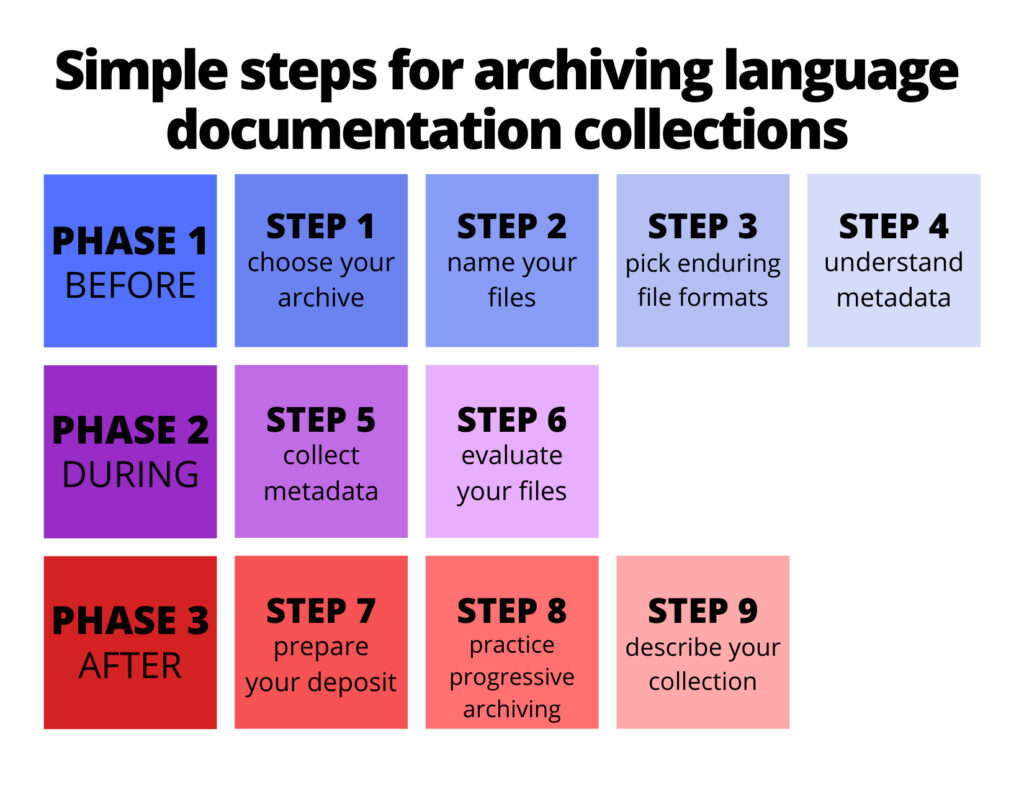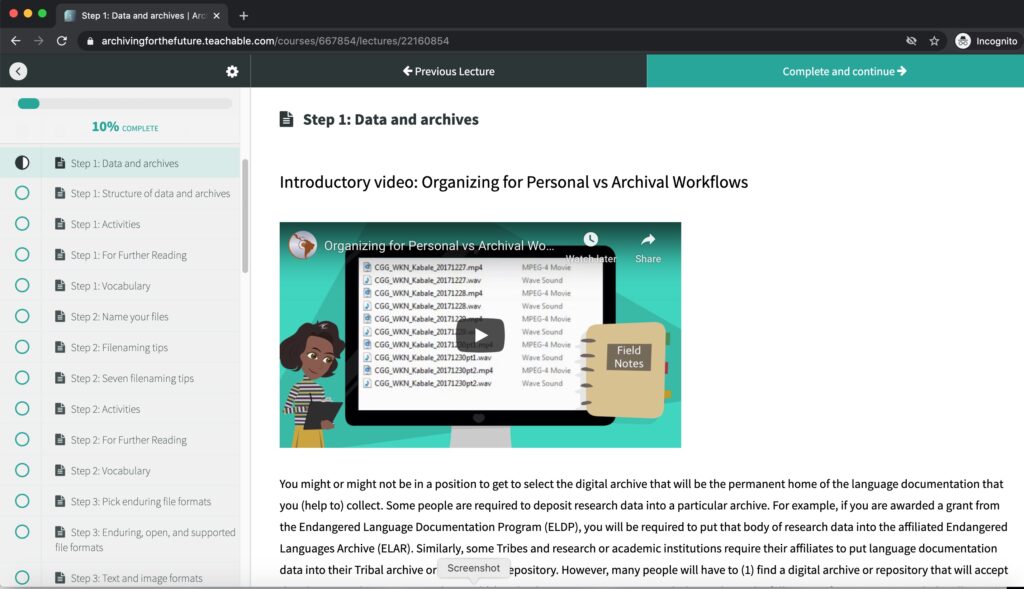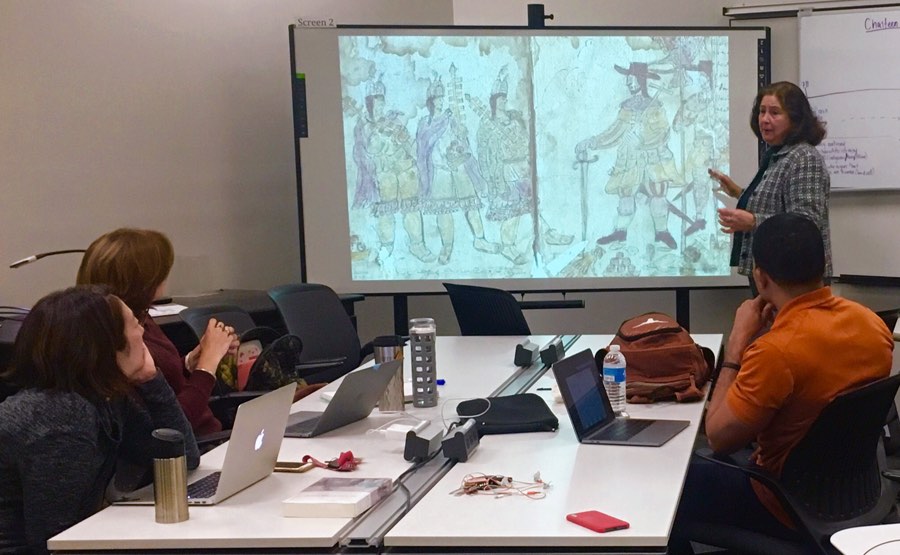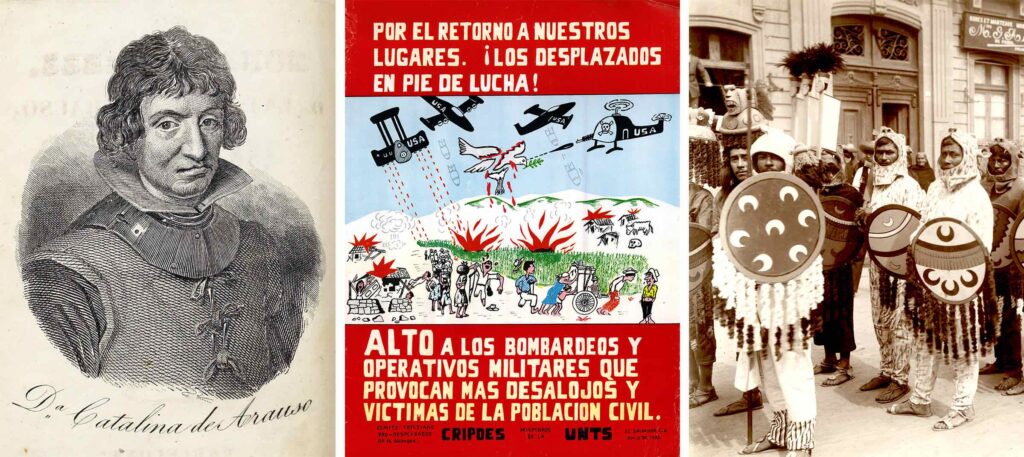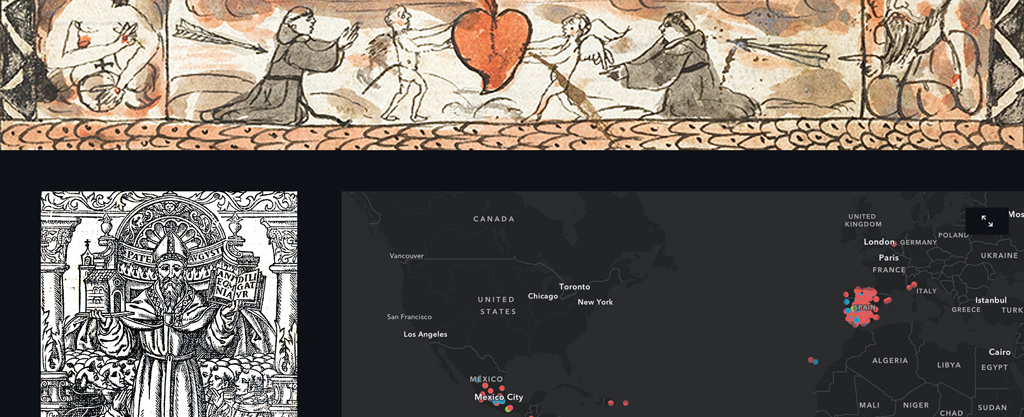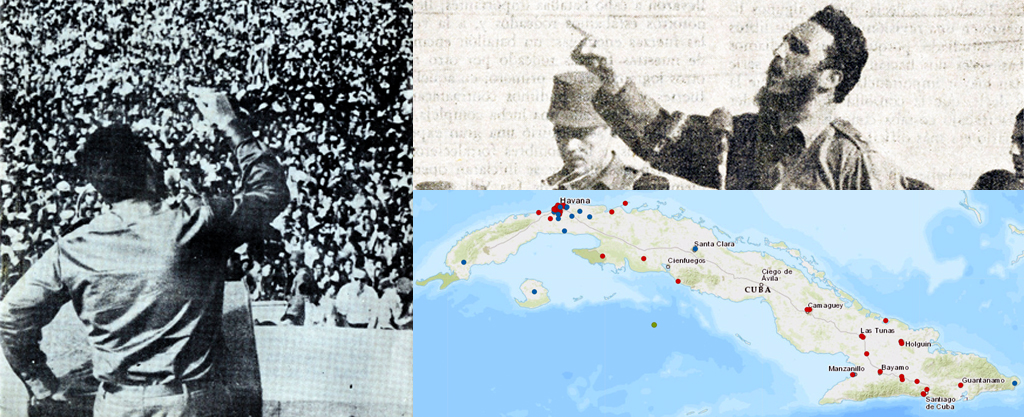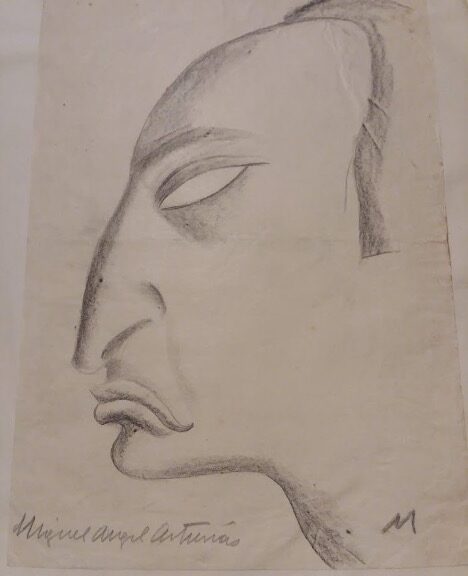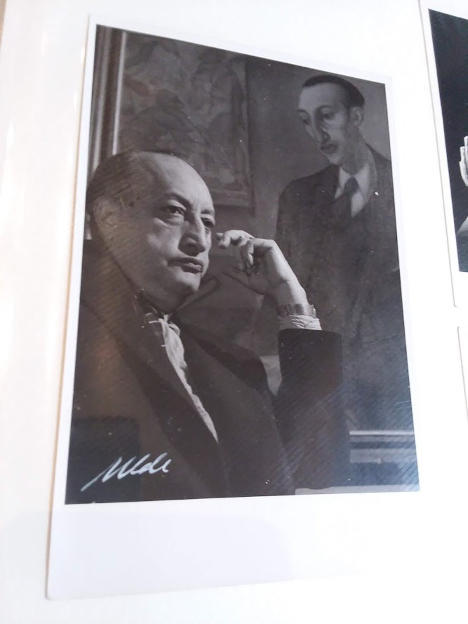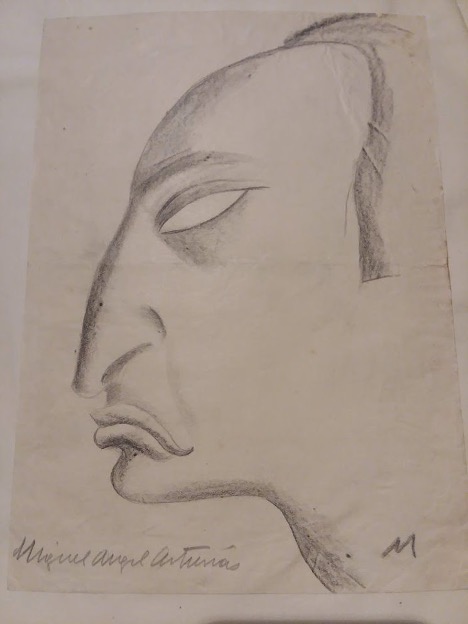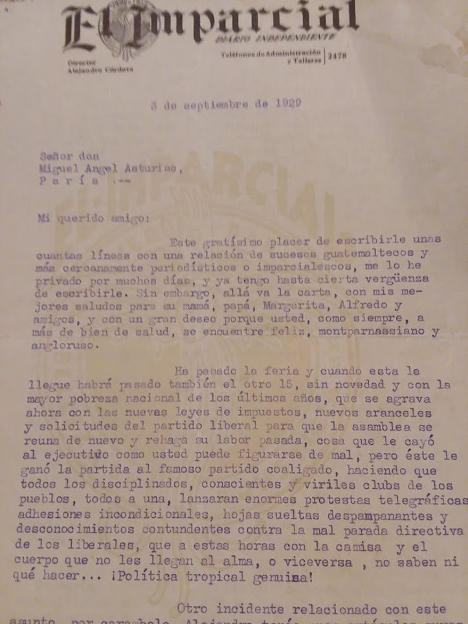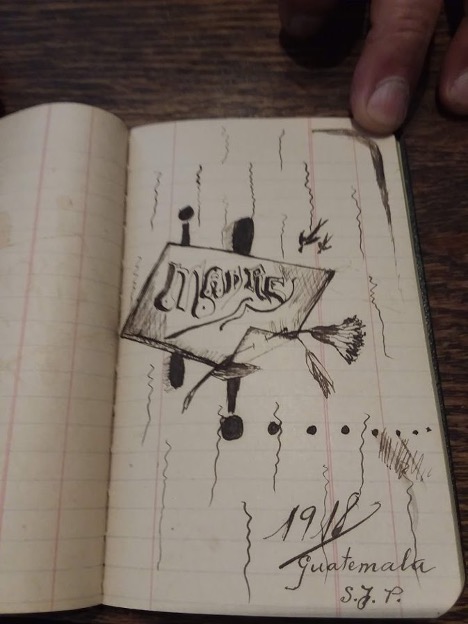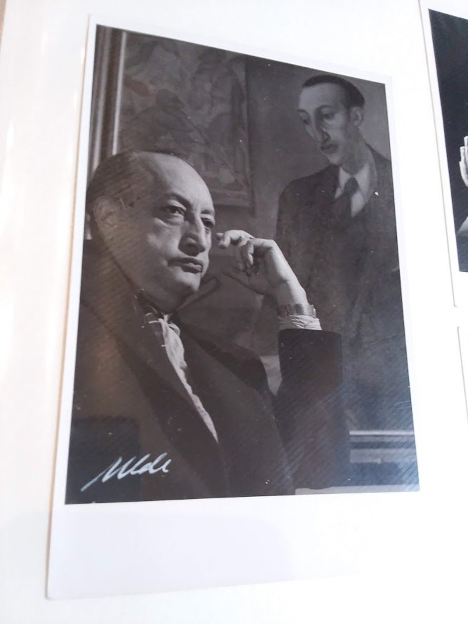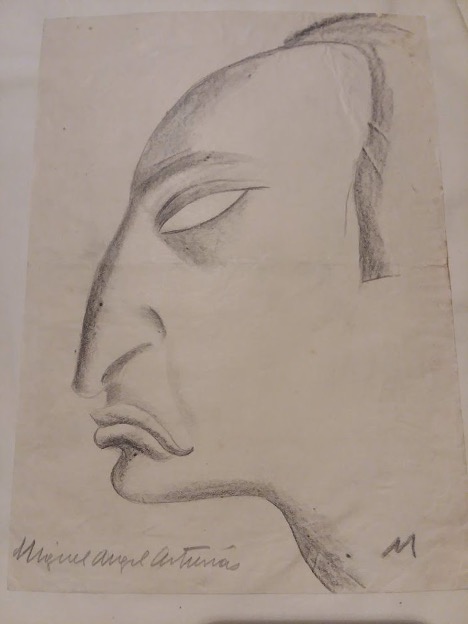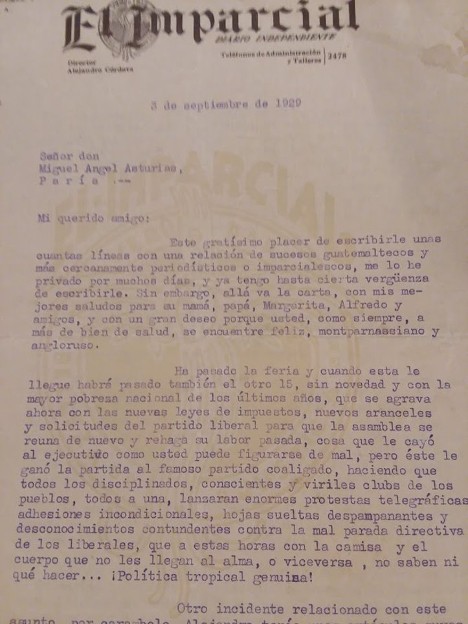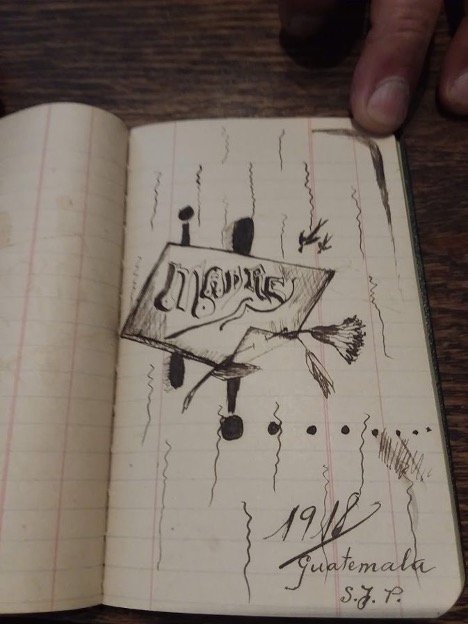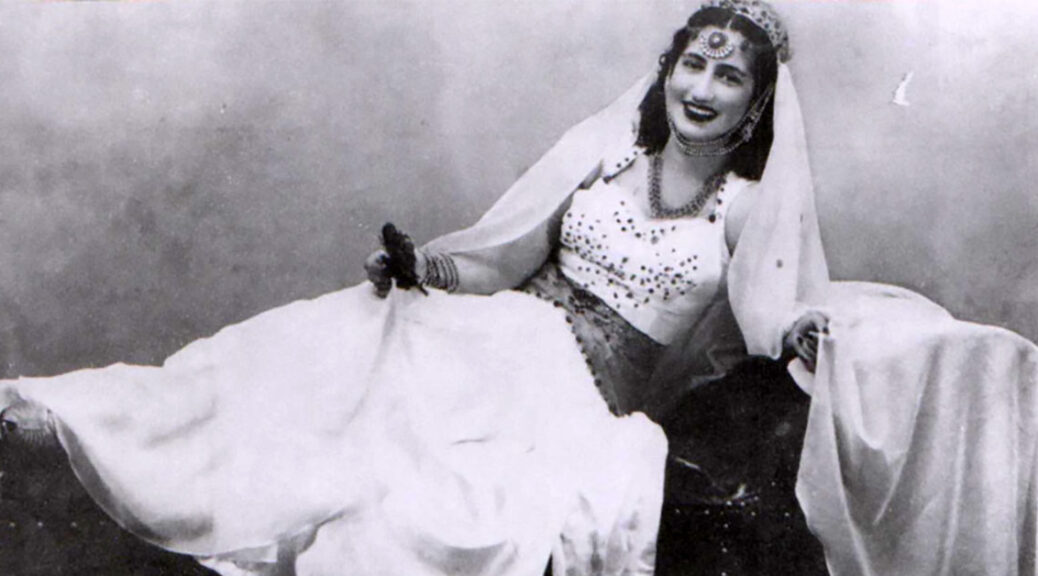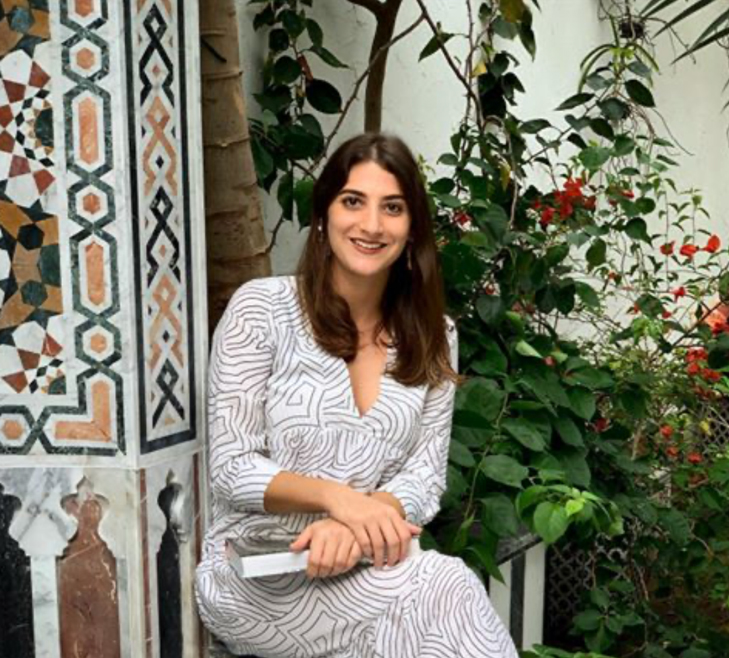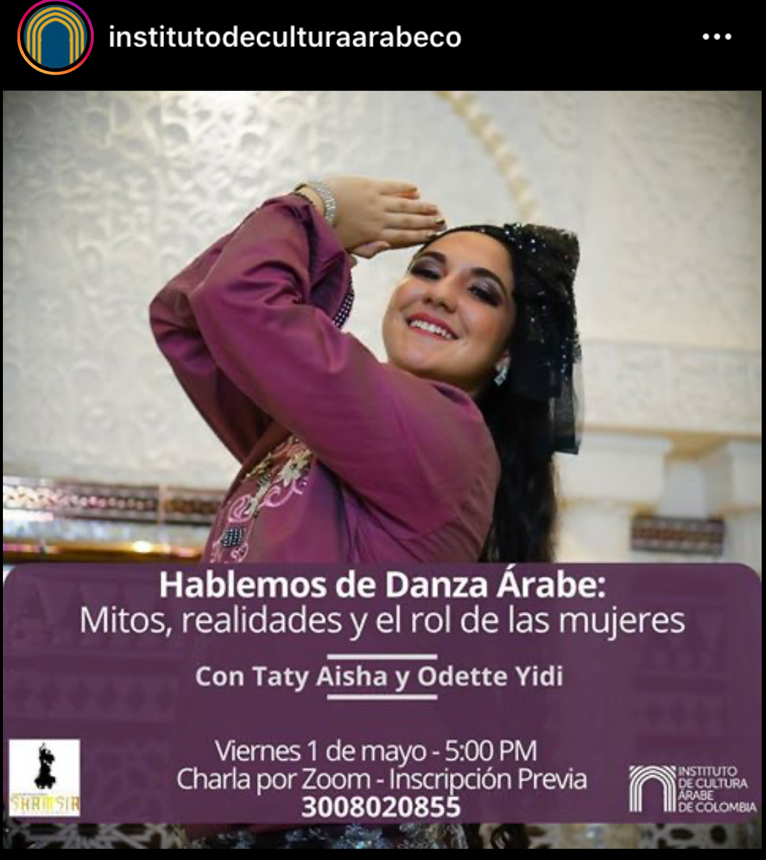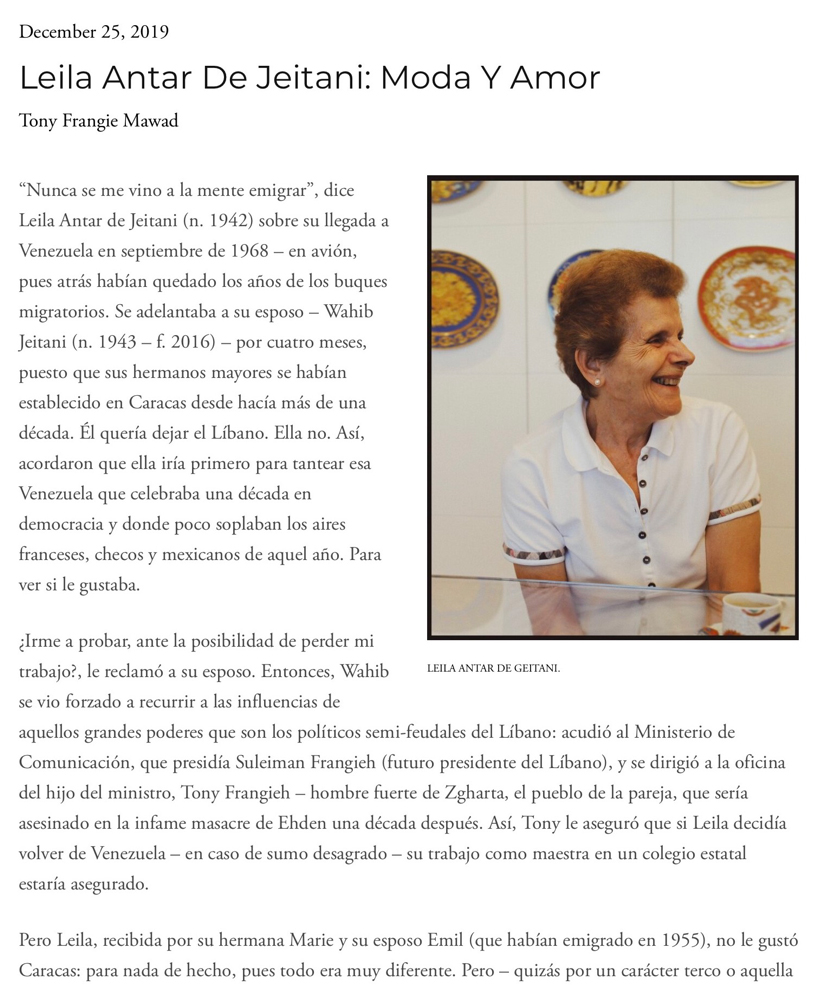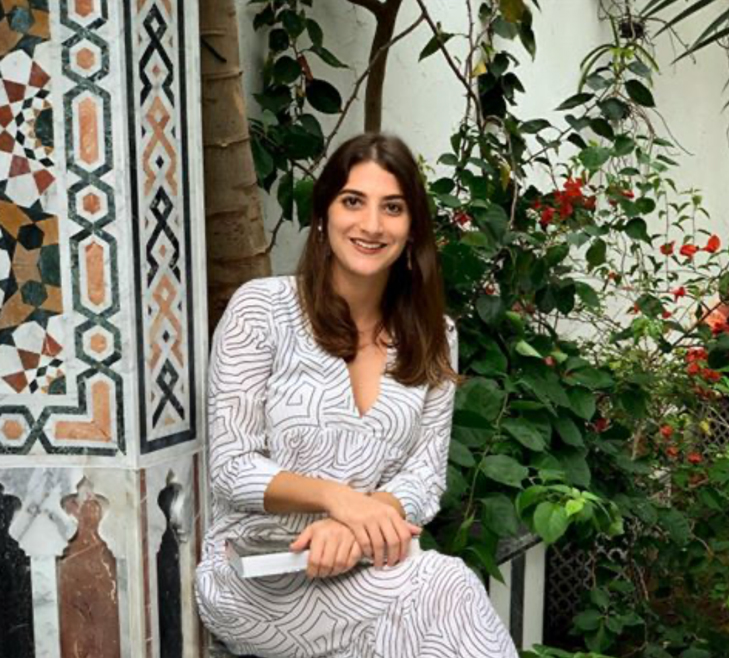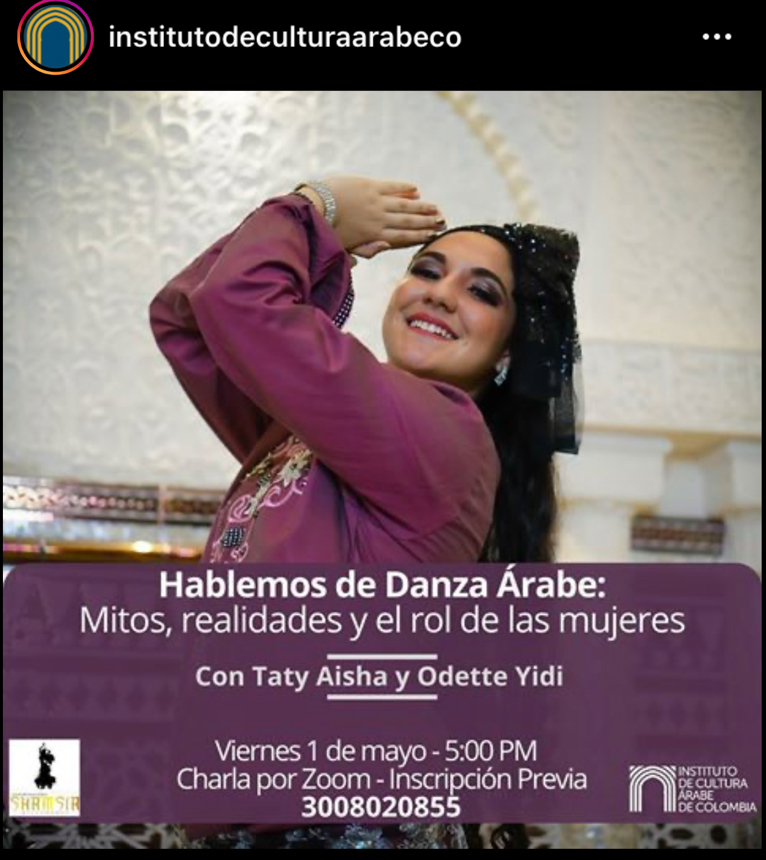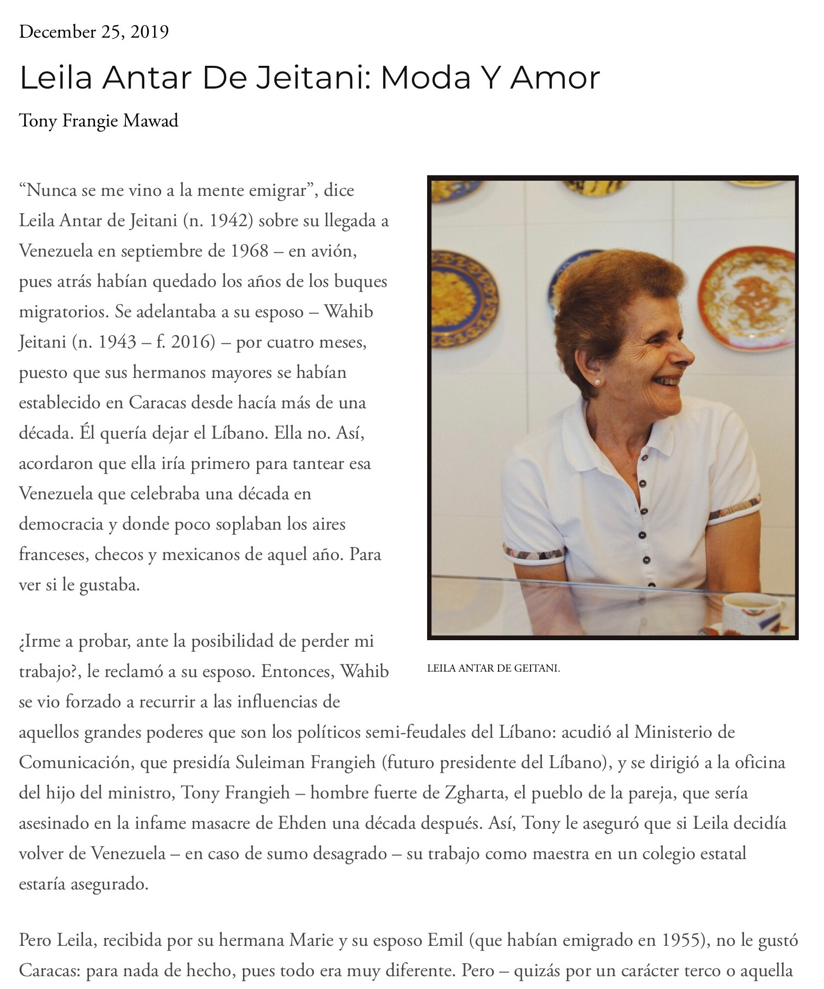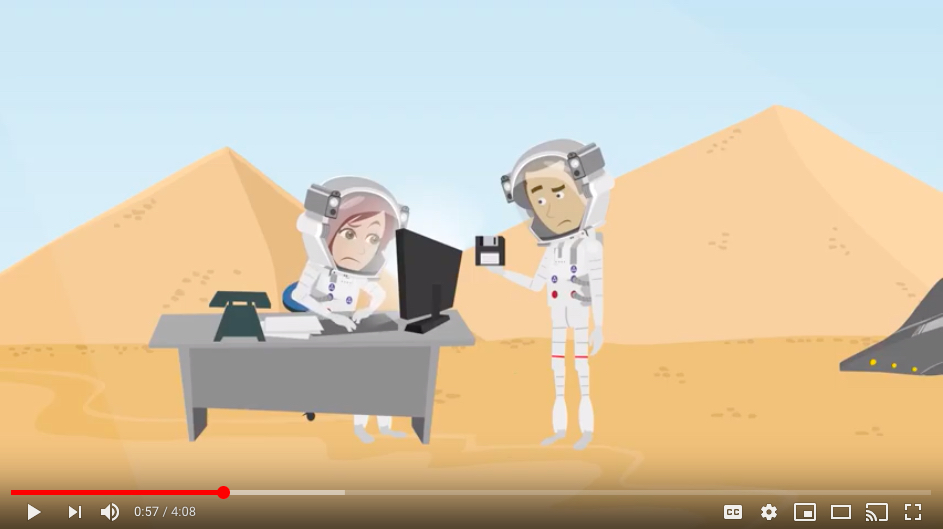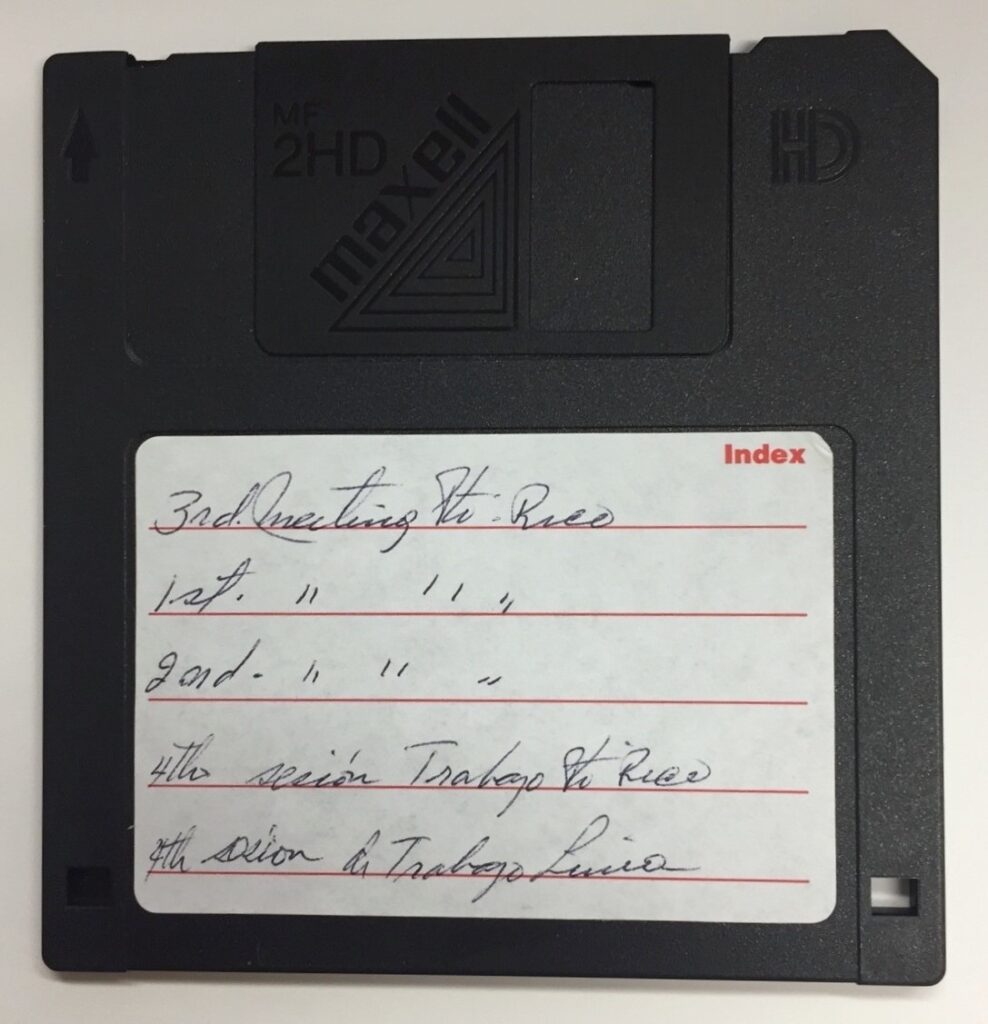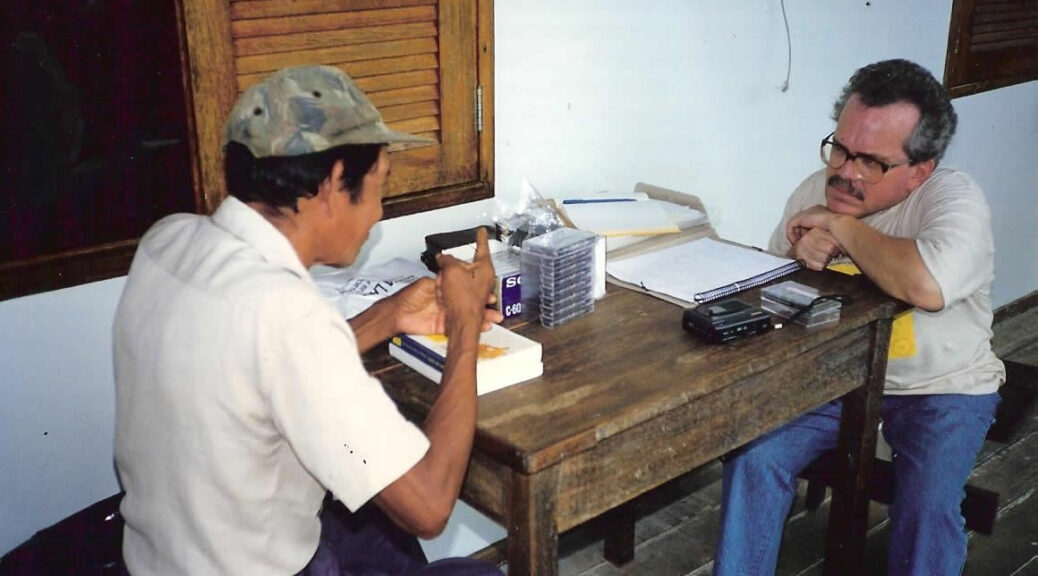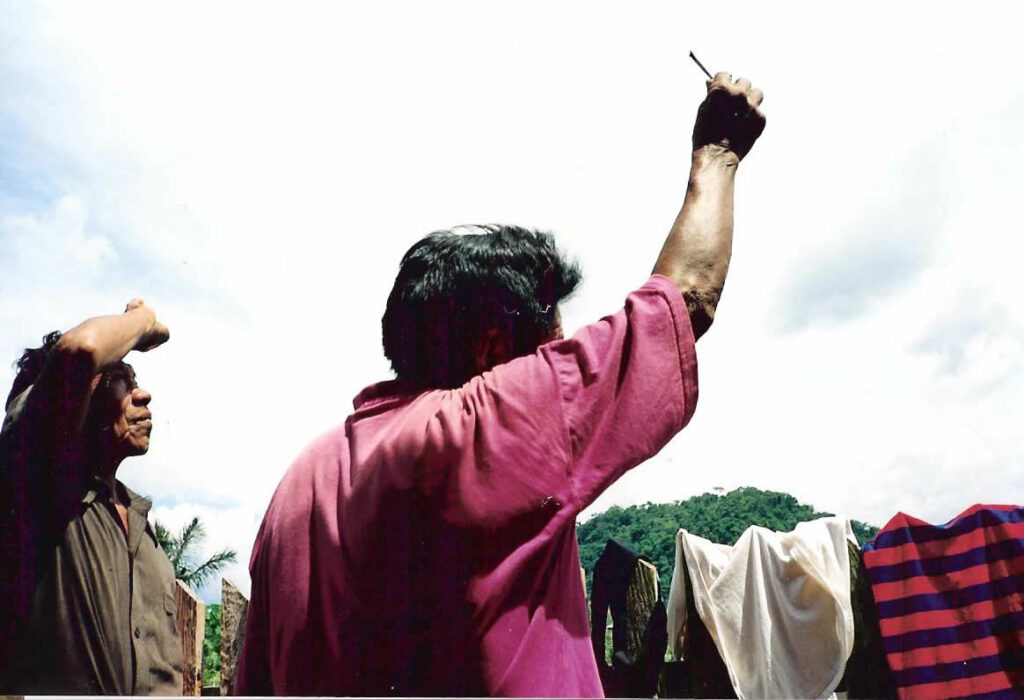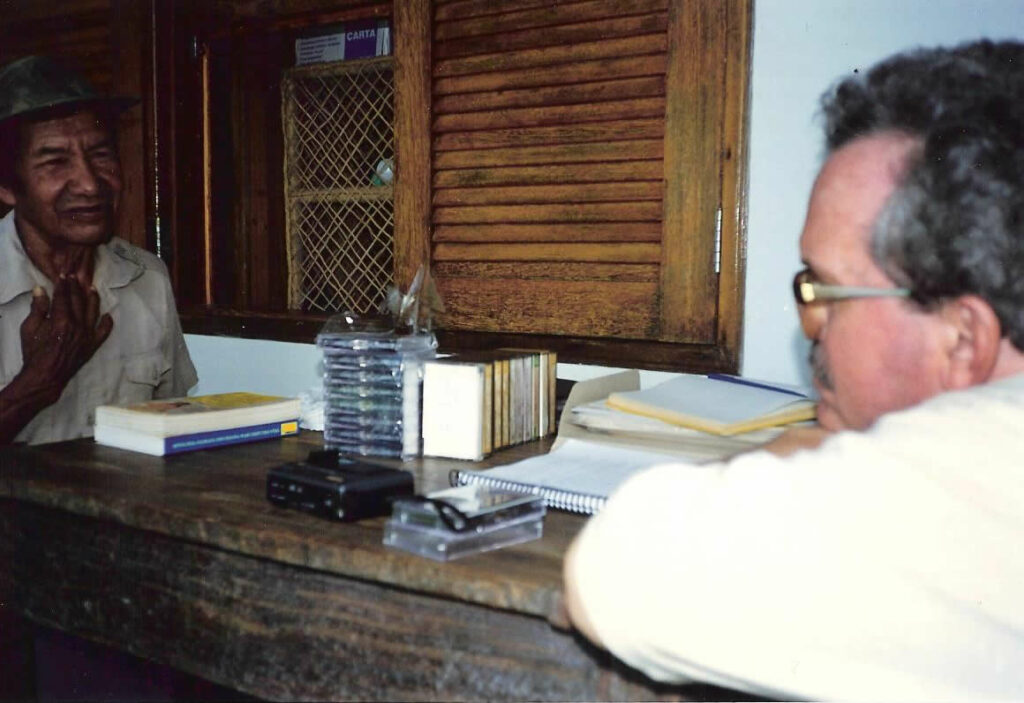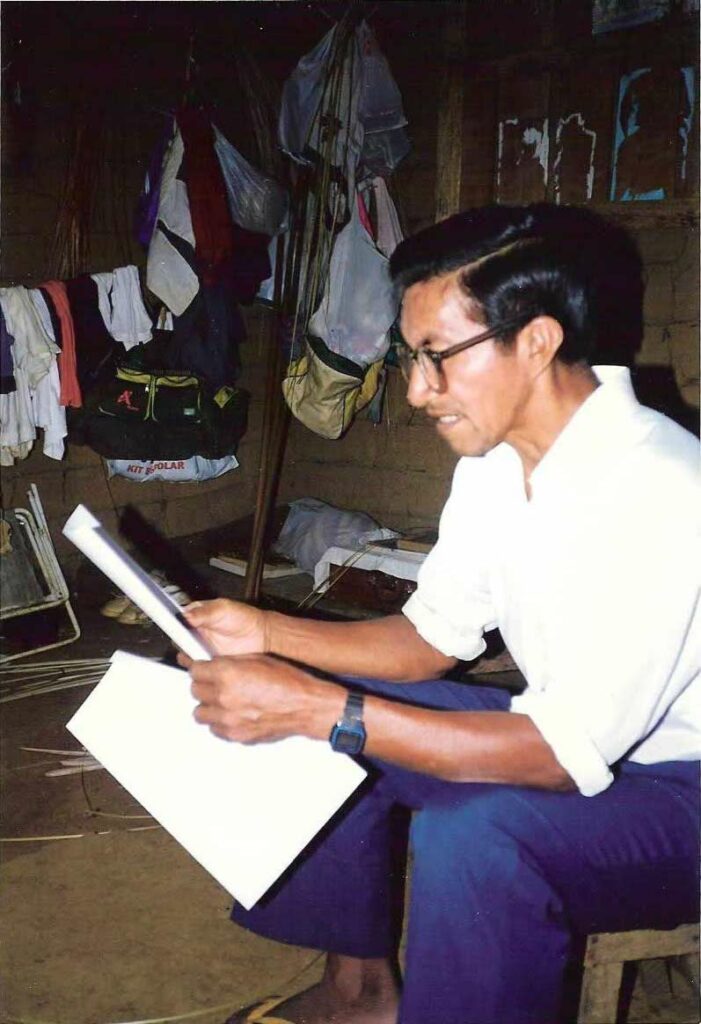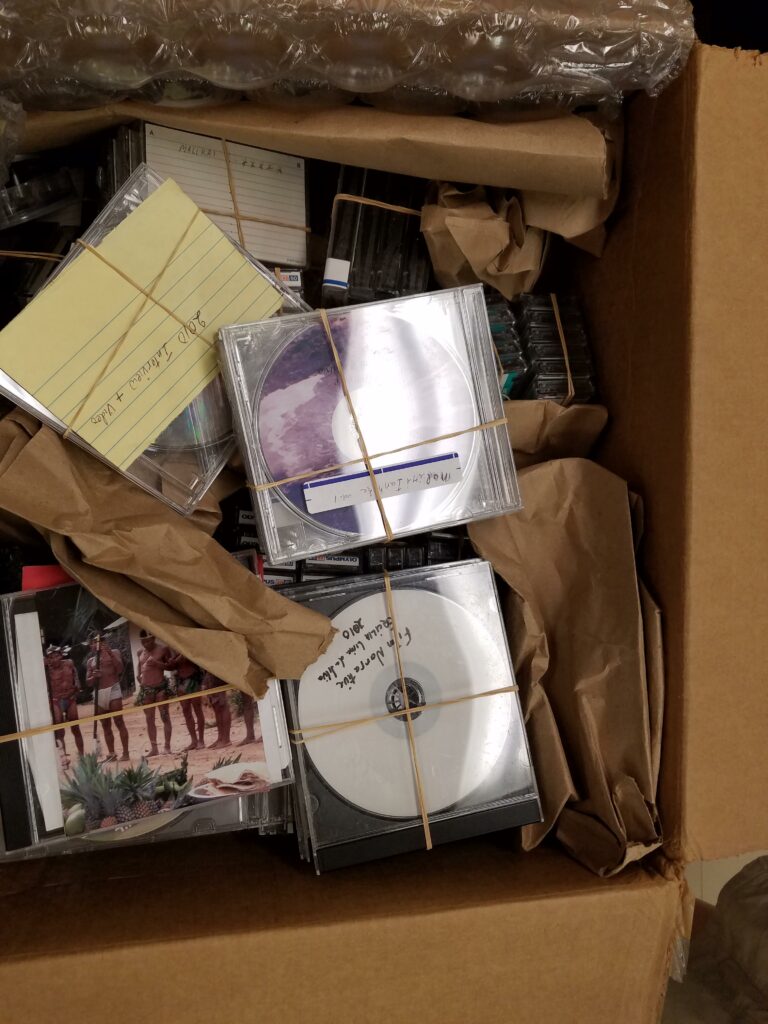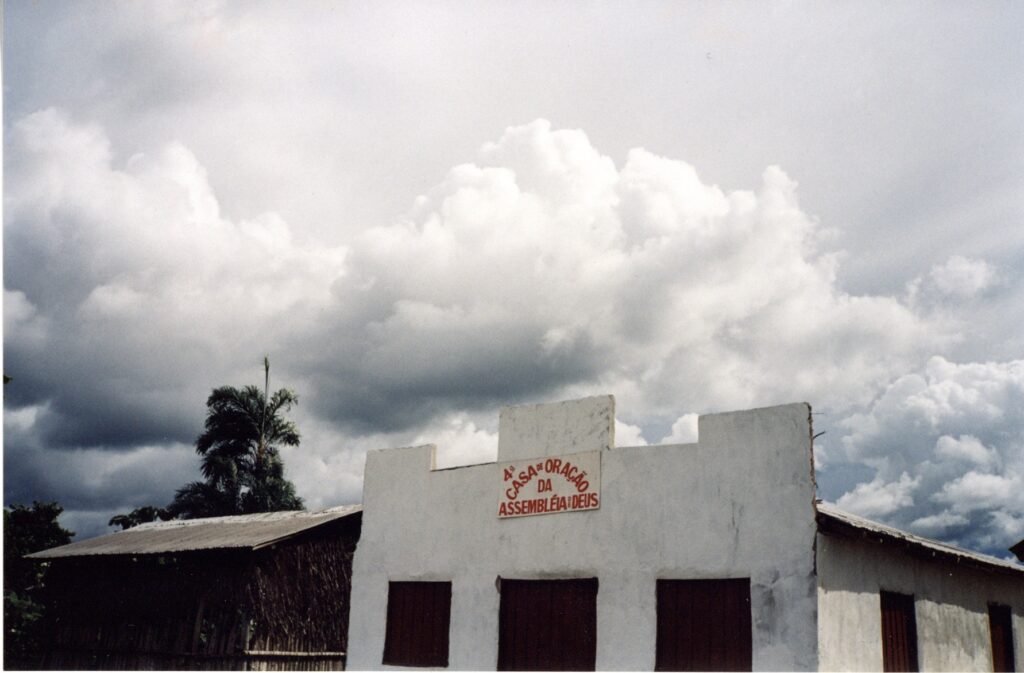Read in English | Ler em português
Traducido al español por Susanna Sharpe
Fue el verano de Zoom en Norteamérica, y quienes vieron su trabajo convertirse de repente en una actividad online, entienden lo que es sentir el aislamiento, el agobio y la sobrecarga de reuniones por video. Sin embargo, el contacto con los demás a través de plataformas como Zoom ha permitido que continúen proyectos importantes.
Tal fue el caso de la reciente serie de talleres producida por el equipo de Iniciativas Digitales LLILAS Benson con la participación de archivos colaboradores en Latinoamérica.
Originalmente, los talleres fueron programados para que se llevaran a cabo durante una semana en Antigua, Guatemala, en donde el equipo de LLILAS Benson se reuniría con los colaboradores latinoamericanos. La actividad era esencial para el proyecto titulado “Cultivando una comunidad archivística poscustodial latinoamericana”, patrocinado por la Fundación Mellon. La semana en Antigua hubiera sido una oportunidad para que los archivos colaboradores de Guatemala, El Salvador, Colombia y Brasil pudieran obtener capacitación, compartir recursos, intercambiar ideas y discutir desafíos.
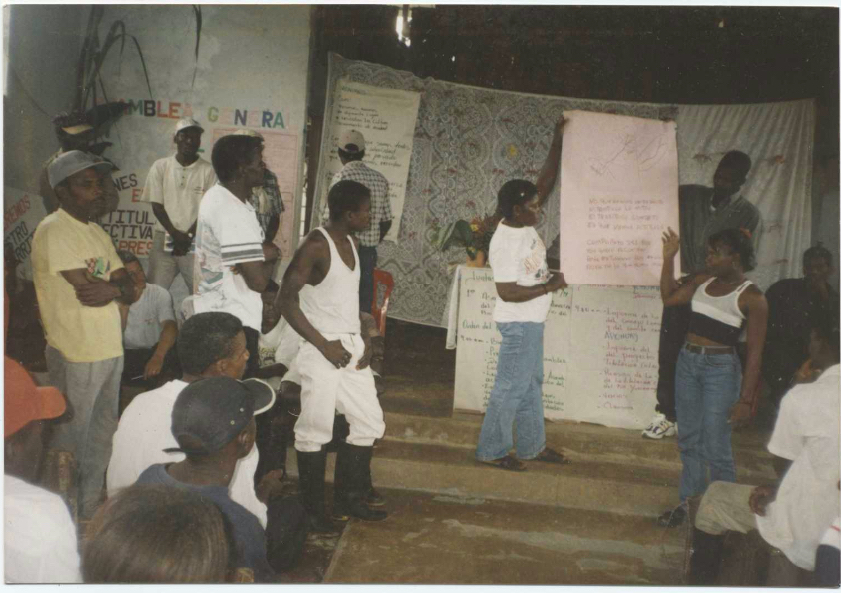
La beca Mellon patrocina trabajo que se llevará a cabo entre enero del 2020 y junio del 2022. Los fondos apoyan el trabajo archivístico poscustodial* con cinco archivos, algunos de los cuales ya están representados en el repositorio Iniciativas Digitales de América Latina (LADI por sus señas en inglés), el cual destaca colecciones que documentan los derechos humanos y comunidades menos representadas.
La pandemia de Covid-19 exigió que el equipo de Iniciativas Digitales (LBDI) cambiara de plan súbitamente para mantener la trayectoria planeada del proyecto. Así nació la serie de talleres en línea. Para desarrollarla y llevarla a cabo, el equipo preparó videos de capacitación, programó sesiones de discusión, y organizó presentaciones por expertas en conservación de fotos y archivística. Además de estos temas, se presentaron videos y charlas sobre cómo escribir propuestas para subvenciones, crear presupuestos, elaborar metadatos, escoger equipamiento para la digitalización, preservar objetos digitales y considerar futuras investigaciones digitales.
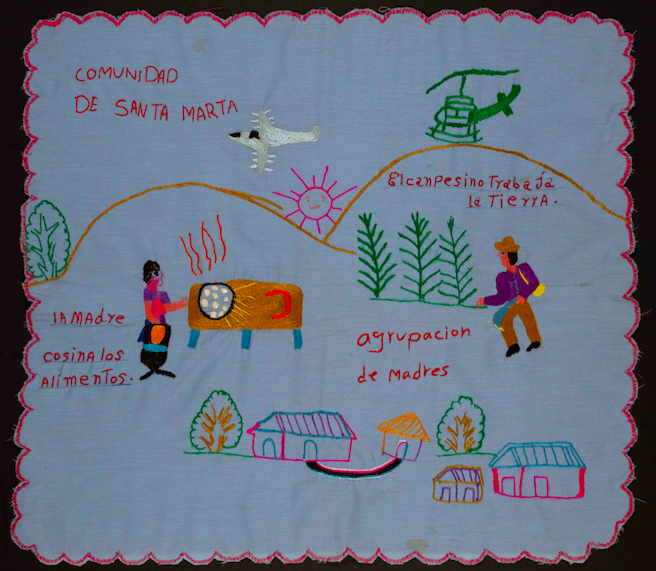
Durante cinco semanas de talleres en junio y julio, representantes de archivos colaboradores se reunieron dos veces por semana con Theresa Polk, David Bliss, Itza Carbajal, Albert A. Palacios y Karla Roig del equipo LBDI, además de Megan Scarborough, la gerente de subvenciones para LLILAS Benson. Los talleres se ofrecieron en español con traducciones al portugués (y viceversa) a través de subtítulos simultáneos, hechos por Susanna Sharpe, la coordinadora de comunicaciones. Entre los presentadores invitados estaban Carla Alvarez, archivista de materiales de Latinas y Latinos en Estados Unidos; y dos especialistas en la preservación de fotografías, Diana Díaz (Metropolitan Museum of Art, New York) y María Estibaliz Guzmán (Escuela Nacional de Conservación, Restauración y Museografía, ENCRyM, México).
Los archivos quienes pudieron participar en los talleres virtuales fueron el Museo de la Palabra y la Imagen (San Salvador, El Salvador), la Oficina de Derechos Humanos del Arzobispado de Guatemala (ODHAG, Guatemala, Guatemala), Proceso de Comunidades Negras (PCN, Buenaventura, Colombia) y Equipe de Articulação e Assessoria às Comunidades Negras do Vale do Ribeira (EAACONE, Vale do Ribeira, Brasil).
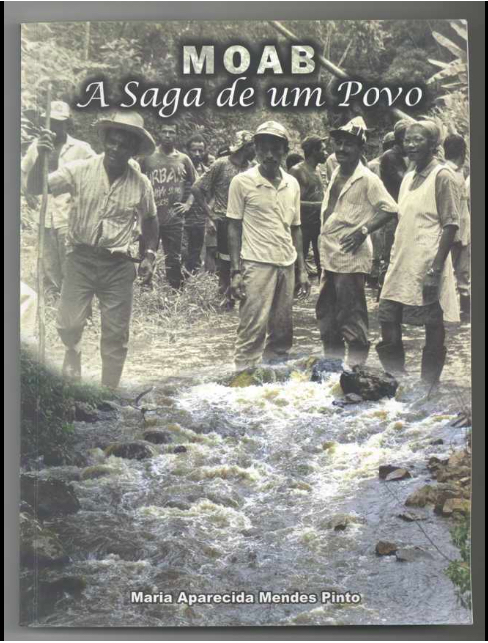
A pesar de la distancia, los/las participantes verdaderamente apreciaron la oportunidad para juntarse virtualmente y aprender unos/as de otros/as, especialmente durante la pandemia, que ha afectado profundamente tanto a la vida cotidiana como al trabajo. La pandemia ha sido acompañada por el aislamiento, la represión política y los ataques contra ciertas comunidades, subrayando la urgencia de preservar la documentación de estas comunidades vulnerables, para apoyar las luchas por el reconocimiento de, y el respecto por, los derechos humanos básicos, y para impedir que se borre o se niegue la existencia contínua de violencia e injusticia.
Este compromiso compartido por las y los participantes fomentó un sentido de solidaridad y apoyo mutuo entre los participantes.
“Para nuestro equipo fue una experiencia enriquecedora, que nos permitió reflexionar en el seno del grupo multinacional, sobre los alcances y expectativas sobre el nuevo proyecto Mellon con LLILAS Benson,” dijo Carlos Henríquez Consalvi, director del MUPI (también conocido como Santiago), quien también reconoció la oportunidad para “conocer más a profundidad sobre archivos socios de la iniciativa . . . y conocer las situaciones particulares de otros socios en sus retos de conservación y difusión de sus respectivos archivos.”
Para Carolina Rendón, una de las dos participantes del Centro de Memoria Monseñor Juan Gerardi (parte de ODHAG), las cargas diarias de la pandemia se hicieron un poco más leves por las reuniones: “Fue muy bueno estar en espacios donde se encontraban otras personas que trabajan en archivos en diferentes países de Latinoamérica. La pandemia ha sido algo pesado, mientras se daba el curso creo que pasamos por varias etapas, el cambio a un encierro, el miedo, el horror de los casos de muerte, los aprovechamientos políticos. . . . Valoro haber conocido, aunque sea virtualmente, a las personas que trabajan en archivos en otros países.”

Para el equipo de LLILAS Benson, los comentarios positivos y la gratitud en general por la solidaridad de las reuniones online fueron compensación por el trabajo intenso de preparar múltiples videos de capacitación en español cada semana, sus textos traducidos al portugués rápidamente, y con destreza, por la colaboradora Tereza Braga. Como dijo el archivista digital David A. Bliss, “El mayor reto fue de destilar una cantidad enorme de información técnica a sus elementos más importantes, y comunicarlas en español de la manera más clara posible.”
Bliss también aludió al hecho de que los colaboradores son un grupo diverso, con contextos y necesidades diferentes, cuyos archivos no son todos parecidos: “Algunos de nuestros compañeros han manejado programas de digitalización por muchos años, pero para otros la información era toda nueva. Así que traté de mantener un equilibrio entre los dos con el uso de visuales y definiciones claras para términos técnicos.”
A pesar de ser una experiencia virtual, uno de los aspectos más gratificantes de los talleres fue el hecho de ver a este grupo de archivistas y activistas que trabajan en la preservación de la memoria y la protección de los derechos humanos compartir su trabajo y sus perspectivas.
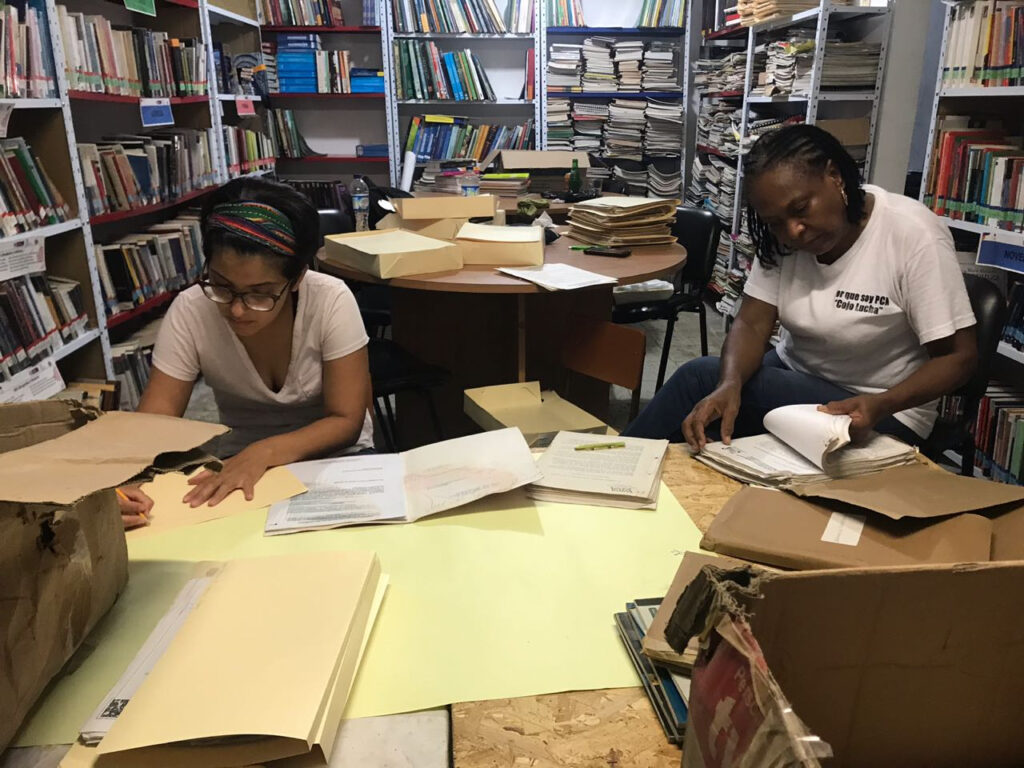
Como lo expresó Bliss, “Normalmente, trabajamos individualmente con cada organización para ayudarles a manejar su proyecto de digitalización, con la meta de juntar todas sus colecciones en el sitio de LADI. Pero muchos de nuestros colaboradores no sólo tienen colecciones de documentos históricos, sino que están envueltos en luchas actuales para sus comunidades. Tienen mucho más que ofrecerse entre ellos para formular estrategias y obtener resultados. Así que es muy importante proveerles un espacio para establecer esas conexiones directas entre si. Esto valida lo que ha sido una de nuestras metas desde hace mucho: queremos ser sólo una parte de una red de colaboradores, no queremos ser central en ella.”
* El trabajo poscustodial es un proceso en que se hacen copias digitales de los archivos, a veces archivos vulnerables, para preservarlas de manera digital y hacerlas accesibles globalmente. Esto aumenta el acceso a los archivos mientras asegura que permanezcan en el custodio y bajo el cuidado de la comunidad de origen. LLILAS Benson es pionero en esta práctica.

